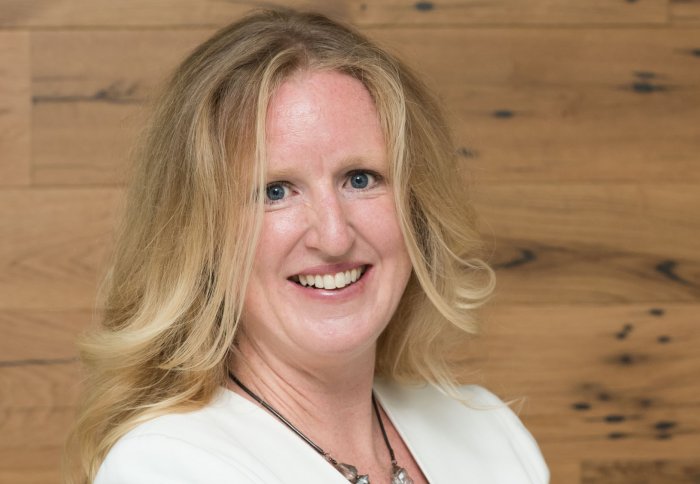Shaping a safer world: Interview with guest speaker Barbara Lane of Arup

This week, Dr Barbara Lane will be giving the keynote lecture at the 2019 Mechanical Engineering Research Showcase.
Dr Lane is a Chartered Fire Engineer, UK leader for the Applied Innovation and Technology Group at Arup, and one of the expert witnesses in the Grenfell Tower Inquiry. Ahead of her lecture "Shaping a safer world - tackling the fire safety conundrum” at the Research Showcase, she granted us a brief interview:
How did you become interested in fire engineering as a field of work?
It was a random opportunity. After I finished my degree in Civil Engineering at Trinity College Dublin, I had applied to study various Masters, when a Professor at Edinburgh University asked me to do some summer work for him, creating small flashover fires in a small compartment in his lab. As a result of that, I changed my postgraduate course to a PhD in structural fire engineering at Edinburgh- and the rest is history.
What are some of the major current challenges in fire engineering?
As I will talk about on Wednesday, we’re grappling with the consequences of some recent and very serious fires, so a major challenge is trying to work out a system that produces safe buildings.
Another challenge is the increasing number of wildland fires due to the impact of climate change; coupled with increasing urbanisation, this means we need to design cities for resilience. So the scale of the problem is increasing.
We also need to deal with the new materials needed for more sustainable construction, as well as the change in how people are using and living in buildings.
What kind of skills does a fire engineer need and how important is their integration within a building team?
A fire engineer needs a very substantial understanding of the science of fire and smoke, and how it impacts materials and people. Integration with multiple other disciplines is key, and increasingly so, given the complex problems facing us. Creating a safer world is a truly multi-disciplinary problem, and fire engineers need to play their part.
What is the importance of fire safety engineering in Arup’s work?
Fire safety engineering is very important in our work, as we operate in the planning, design, construction and safe operational performance of buildings. Fire safety science and engineering knowledge is required throughout this process.
We are also interested in experience-led design (how people experience buildings for work, play, sleep, health), and creating safe spaces is key to a better way of producing buildings for people.
What is the role of research in Arup’s engineering designs?
Arup has its own research function, but also actively partners with universities and other research-based organisations, all around the world. Since our foundation we have believed in the power of research to improve our own work and our experience and skill. We consider it fundamental to our success as an employee-owned firm.
How could the Grenfell Tower fire change fire safety engineering?
I hope this fire and its tragic consequences will motivate a sustained response into creating a system to produce safe buildings in this country and beyond. There have been some very serious fires recently, and wildland fires are also on the rise. We need a proactive response at scale to make a tangible transformation from where we are today.
Women are still underrepresented in engineering. How did the work of pioneering fire engineer Margaret Law inspire you?
Margaret was my mentor when I started work as a postgraduate. Her scientific knowledge and standards of excellence continue to inspire me today. We republished her papers recently on the Arup website, so that a new generation of people working in the built environment can experience the power of her work and her collaborations with academia.
What is Arup doing to inspire the future generation of engineers?
We hope that our motivation and drive to shape a safer world, and invest in new technologies and techniques, will inspire others. We also try to provide a happy, inclusive working environment and to focus on teams. After very many decades we are still attracting exceptionally talented people to Arup, and long may that continue!
Imperial research by Professor Guillermo Rein and Professor John Dear supported by Arup has advanced the engineering methods to protect buildings against fire and blast. The work has significantly changed engineering design, and Arup has applied the new methodologies in high-profile project such as Qatar 2022 World Cup Venues, and London’s 52 Lime Street (the Scalpel). The research of the 6 PhD students currently funded by Arup and EPSRC in our department focuses on the safety of facades and of timber buildings.
Article text (excluding photos or graphics) © Imperial College London.
Photos and graphics subject to third party copyright used with permission or © Imperial College London.
Reporter
Press Office
Communications and Public Affairs
- Email: press.office@imperial.ac.uk
